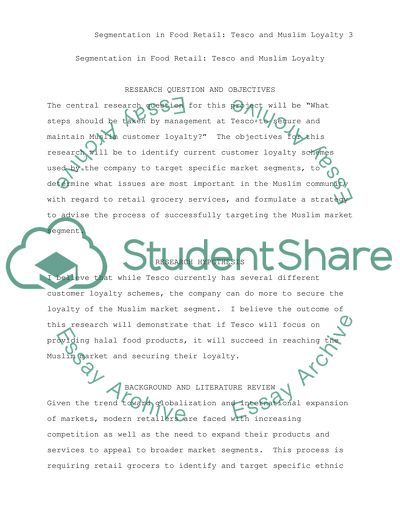Cite this document
(Segmentation in Food Retail Research Paper Example | Topics and Well Written Essays - 2000 words, n.d.)
Segmentation in Food Retail Research Paper Example | Topics and Well Written Essays - 2000 words. Retrieved from https://studentshare.org/marketing/1499385-food-retail
Segmentation in Food Retail Research Paper Example | Topics and Well Written Essays - 2000 words. Retrieved from https://studentshare.org/marketing/1499385-food-retail
(Segmentation in Food Retail Research Paper Example | Topics and Well Written Essays - 2000 Words)
Segmentation in Food Retail Research Paper Example | Topics and Well Written Essays - 2000 Words. https://studentshare.org/marketing/1499385-food-retail.
Segmentation in Food Retail Research Paper Example | Topics and Well Written Essays - 2000 Words. https://studentshare.org/marketing/1499385-food-retail.
“Segmentation in Food Retail Research Paper Example | Topics and Well Written Essays - 2000 Words”, n.d. https://studentshare.org/marketing/1499385-food-retail.


